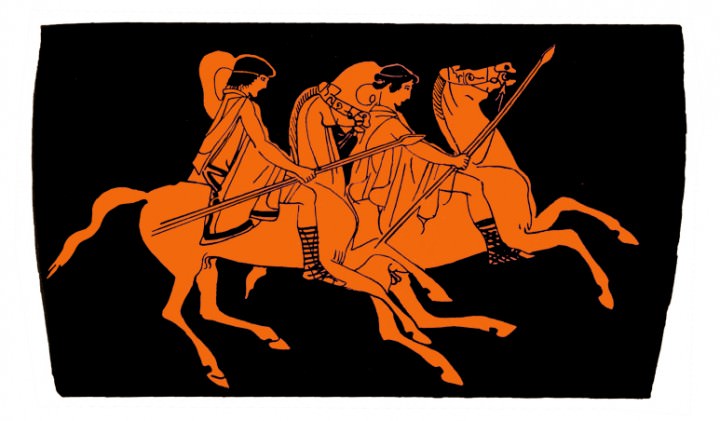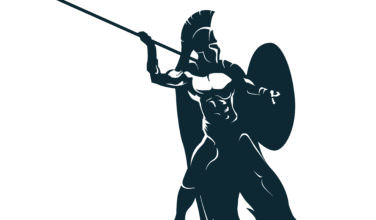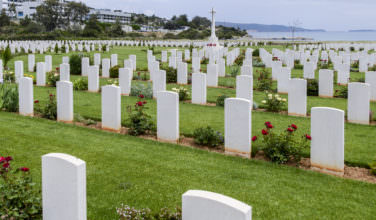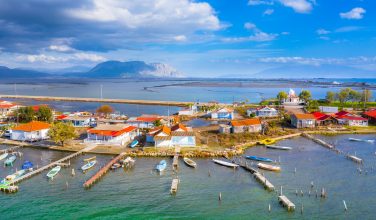What to Know About the Hero Cult in Ancient Greece
Comments Off on What to Know About the Hero Cult in Ancient Greece
 The ancient Greeks glorified heroic figures. Their society strongly admired people who performed exceptional acts of bravery, or who displayed remarkable beauty, skills or talents. In some cases, the people who lived and worked in the Acropolis attributed almost supernatural powers and lineages to individuals who performed great feats. They celebrated heroes in a variety of ways: through legends, in art work, and even in their religious practices. They also told numerous stories about them and these stories eventually took on a mythical quality. Here’s a look at what the Greek “hero cult” was like back then:
The ancient Greeks glorified heroic figures. Their society strongly admired people who performed exceptional acts of bravery, or who displayed remarkable beauty, skills or talents. In some cases, the people who lived and worked in the Acropolis attributed almost supernatural powers and lineages to individuals who performed great feats. They celebrated heroes in a variety of ways: through legends, in art work, and even in their religious practices. They also told numerous stories about them and these stories eventually took on a mythical quality. Here’s a look at what the Greek “hero cult” was like back then:
Heroism in Legends And Stories
While the people of ancient Greece lacked the technology to develop television or film productions about action figures, residents of the Acropolis did entertain themselves by spending hours listening to story tellers and bards recounting the achievements of heroes. One of the most popular series of epics related to heroic deeds performed during and after the Trojan Wars. Two famous Homeric poems, The Iliad and The Odyssey described several heroes from this period, including Achilles, Hector, and Odysseus.
Greek plays also frequently extolled heroes. Many legends circulated about kings and warriors from the Bronze Age. Stories developed around the exploits of a diverse array of famous individuals: Perseus, Jason, Andromeda, Oedipus, Penelope, Theseus, Helen, and many others essentially became acclaimed, well-known figures. People could associate the names of these people with specific events or qualities.
Creating Art That Depicted Heroes
The ancient Greeks often created beautiful works of art portraying heroes and other characters from popular legends and epics. In some cases, they painted vases with heroic images. They also carved many statues depicting their heroes.
In some cases, cults developed around the celebration or commemoration of heroic individuals. The Greeks sometimes used art work to decorate religious shrines. The statues sometimes depicted heroes. Other pieces of art also depicted battles where the heroes fought.
Celebrating Humans With Some Divine Attributes
In some cases, the ancient Greeks admired heroes so much they concluded these people had obtained real god-like powers or capabilities. They believed certain heroes had descended from Greek deities, in fact. For example, the great warrior Achilles supposedly descended from a mother who had dipped him as a baby in the River Styx, a waterway crossed by people during death. He obtained divine protection from this event, except for the location on his heel where his mother had held him as she immersed him in the water. His “Achilles heel” became his only vulnerable point; when an arrow finally pierced him in this spot it caused his death.
Some heroes, such as Hercules, included famous or powerful Greek gods in their family trees. Hercules supposedly descended from a human mother and the Greek god Zeus (who sometimes fell in love with women). His ancestry imparted incredible strength to Hercules, allowing him to perform some superhuman feats.
The emphasis Greek society placed upon heroes ultimately helped showcase the qualities and values most people prized. Heroes served to inspire ordinary people by their examples. These characters displayed the strengths (and the weaknesses) of human beings very vividly!
Jump to top
Categorized in: Ancient Greek History
This post was written by Greek Boston
Share this Greek History Article:





